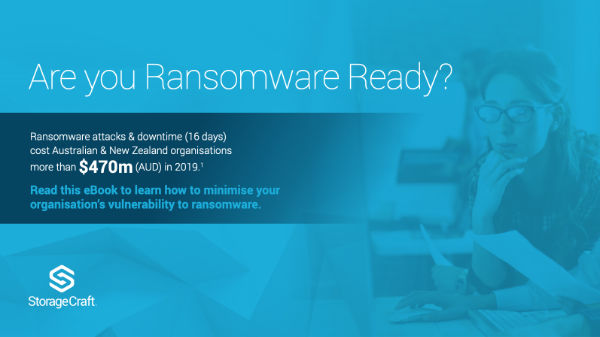It’s not just all talk
As part of our disaster recovery service to you, Health IT makes sure that the backup and restore process actually works. The system is tested monthly, with a complete test restore undertaken after any significant system change, and also prior to GP accreditation. This is in line with the third level of maturity model from the Essential Eight. Importantly, our system reports to us in real-time. Our techs solve backup issues every day before they have a chance to impact our customers, and they send you a monthly report to keep you up to date and satisfy your compliance obligations.
In the event of accidental deletion of data, or loss of data through other means, our restoration process is tested, documented and regularly reviewed. This means that you can have emergency access to data in minutes, not days. We minimize your downtime, allowing you to continue to provide high levels of patient care at all times.


A fish tank light was the cause of a fire at the specialist suites in the local private hospital. Dr Purple (not her real name) had a full day of appointments booked but no access to her suite, which contained her server undamaged but with no access to networking or electricity.
Health IT were able to grant Dr Purple and staff emergency access to her system as it had been backed up the night before. We were able to do this in a short time not the many hours or longer a lesser backup system would have required. She was able to securely access her data, contact her patients and operate from a temporary location using a laptop and a mobile phone.
While this was a stressful day for all involved, patient care and practice income were protected from the effects of this small scale disaster, and normal operations were resumed the following day.




